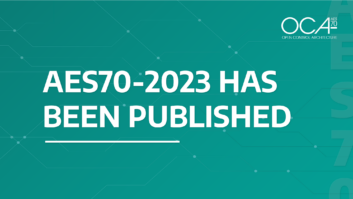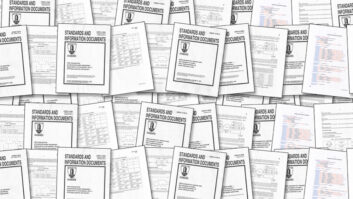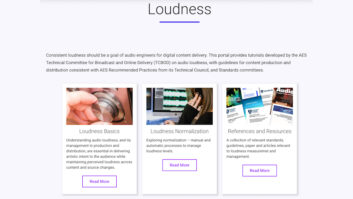The AES Standards Committee (AESSC) has released a call for comment on the revision of Standard AES10-1991, which describes the data organization for a multichannel audio digital interface designed for the serial transfer of digital multichannel audio. It includes a bit-level description, features in common with the AES3 2-channel format and the data rates required for its utilization.
AES10-1991 was prepared as a result of the desire of four digital audio equipment manufacturers to produce a common interface for the serial transfer of digital multichannel audio in recording and broadcast studio applications. The benefit of such an interface is the simplification of multichannel digital audio equipment interconnection alongside the possibilities offered by the nature of the digitized audio signal.
The specification provides for the serial digital transmission of 32 kHz to 96 kHz, with a resolution of up to 24-bits per channel. The format makes possible the transmission and reception of the complete 28-bit channel word (excluding preamble) as specified in AES3, providing for the validity, user, channel status and parity information allowable under that standard. The transmission format is of the asynchronous simplex type, and is specified for a single 75-ohm coaxial cable point-to-point interconnection or the use of fiber-optic cables.
The revised draft, AES10-xxxx, recognizes other uses to which the interface has been put, notably distributed routing, resulting in the increase in channels to the maximum of 64 at 48 kHz, the introduction of 96kHz sampling in digital audio origination and the use of data transmission in the carrier system.
Draft AES10-xxxx can be found online at www.aes.org/standards and then clicking on “Drafts out for public comment.”







